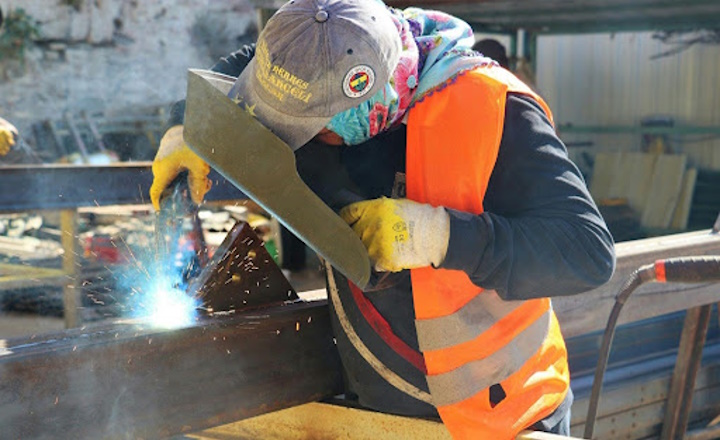
Source: pexels
Structural fabrication isn’t just another stage in the project timeline, it’s the backbone that determines whether a build stands strong or falls short. From mining conveyors to offshore platforms, every load-bearing structure begins with fabrication decisions that shape performance. Overlooking quality at this stage can result in catastrophic failures. By starting with precision-engineered fabrication, teams lay the groundwork for long-term reliability. In heavy industry, where every component must perform under pressure, getting fabrication right from the outset isn’t optional, it’s essential.
The Role of Structural Fabrication in Industrial Project Integrity
Proper structural fabrication is the cornerstone of long-term stability in industrial builds. From load-bearing frames to custom supports, each fabricated element must meet exact specifications to perform under pressure literally and figuratively.
In oil & gas, for instance, poorly aligned components can compromise pressure resistance, leading to unplanned downtime. By contrast, precision fabrication backed by certified processes ensures tight tolerances and durable welds, all of which contribute to structural resilience across decades.
Simply put, high-quality fabrication isn’t a nice-to-have, it’s a critical safeguard against failure.
Quality Control in Fabrication: Preventing Failure Before It Starts
In structural fabrication, defects caught late become failures caught too late. That’s why strict quality control isn’t a box-ticking exercise, but it’s a frontline defence against structural compromise.
By embedding inspections, weld traceability, and material certifications throughout the fabrication process, teams can identify deviations before they escalate. One infrastructure project can reduce post-installation rework after implementing in-line visual and ultrasonic testing.
Robust QA protocols ensure that what’s delivered on-site meets spec and performs as designed.
Design Meets Fabrication: Why Early Collaboration Matters
When design and fabrication teams align early, the result is a smoother build with fewer surprises. Missteps often happen when drawings don’t account for fabrication realities leading to material waste. By collaborating from day one, teams can identify challenges. An energy-sector project can see a reduction in fabrication change orders after integrating design reviews with the shop floor team during pre-construction.
This kind of proactive coordination ensures that what looks good on paper also works in practice. Streamlining the path from concept to completion and saving time where it matters most: in the field.
Cost vs. Quality: Why Cutting Corners in Fabrication Rarely Pays Off
Low-cost fabrication might look attractive on paper, but the hidden price often shows up in long-term safety risks. When suppliers cut corners on materials, processes, or inspection, it compromises structural integrity and increases the likelihood of rework.
A case in point: one transport infrastructure project experienced a six-week delay due to improperly fabricated beam connections from a low-cost vendor. The remediation costs exceeded the original savings by 3x.
Investing in quality fabrication from the start helps avoid these pitfalls. It’s not just about spending more but it’s about reducing total lifecycle costs and protecting your project from downstream disruption.
Strong Structures Start with Smart Fabrication
Structural integrity doesn’t begin on-site, it starts at the fabrication bench. Prioritising high-quality processes and proven partners is a strategic investment in long-term performance. In heavy industry, smart fabrication isn’t just good practice, it’s project-critical.
| < Prev | Next > |
|---|







